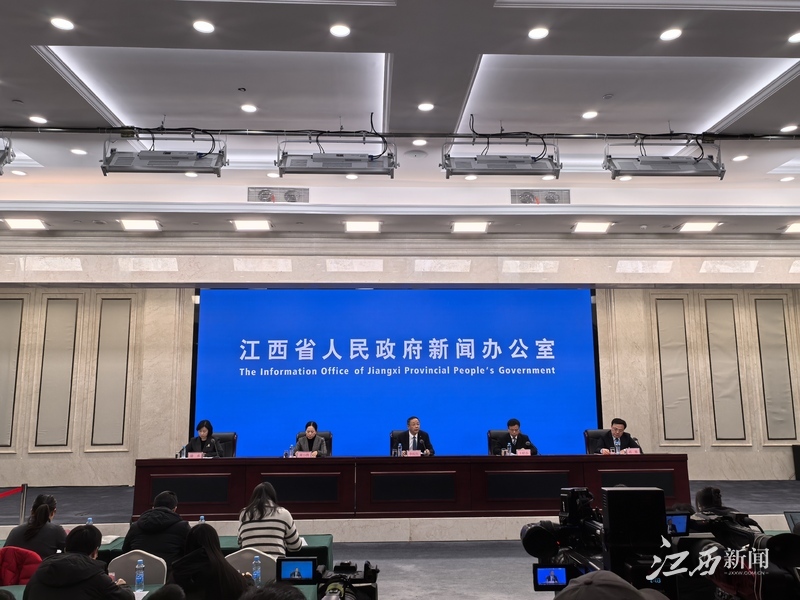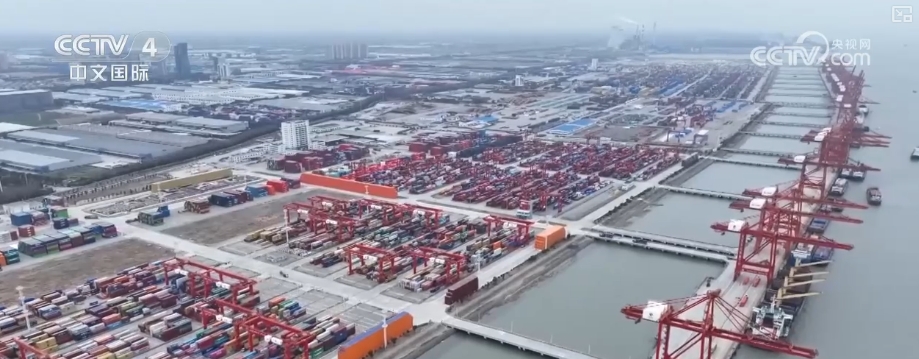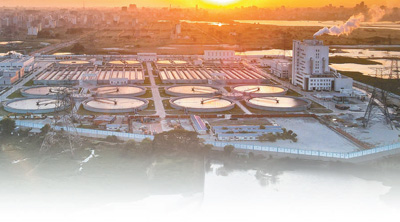The Serbian Section Of The Hungary-Serbian Railway Jointly Built By China And Europe Is Opened And Operated
The Serbian Section Of The Hungary-Serbian Railway Jointly Built By China And Europe Is Opened And Operated
The Hungary-Serbia Railway is fully completed. The Serbian section of the Hungary-Serbian Railway is fully connected, and China-Europe cooperation has entered the fast lane. On the Belgrade-Subotica railway line, trains speed at a speed of 200 kilometers per hour, compressing the original five-hour drive to 1 hour and 19 minutes.
The Hungarian-Serbian railway is fully connected.
The Serbian section of the Hungary-Serbia railway has been fully completed, and China-Europe cooperation has entered the fast lane. On the railway line from Belgrade to Subotica, trains run at a speed of 200 kilometers per hour, compressing the original journey of more than 5 hours to 1 hour and 19 minutes. Serbia has officially entered the high-speed rail era.
On October 3, local time, the Novi Sad to Subotica section of the Hungary-Serbia Railway in Serbia was completed and opened to traffic.

·1. Eight years of hard work finally leads to the road. This section of railway has carried a total of approximately 7.5 million passengers during its more than two years of operation, greatly improving the travel conditions for people along the line. Construction of the Nuosu section opened this time will start in July 2022, and the double-track track laying and connection project will be completed in April 2024.
·2. Technology breakthrough European standard certification. The Hungary-Serbia Railway is the first project to connect China’s railway technical equipment with the EU’s railway connectivity technical specifications. China has specially established the Hungary-Serbia Railway ETCS-L2 laboratory, which is the first high-speed train operation control system laboratory built by China overseas.

·3. Convenience and benefit to the people are significant. The travel time from Belgrade to Subotica has been reduced from more than 5 hours to 1 hour and 19 minutes at the fastest, and transportation efficiency and service quality have been greatly improved. It is expected that after the full line is opened, the train journey from Belgrade to Budapest will be shortened from the current 8 hours to less than 3 hours, greatly improving the level of regional interconnection.

·4. Looking forward to extending cooperation in the future. The significance of the Hungary-Serbia railway goes far beyond connecting Belgrade and Budapest. According to previous plans, the Hungarian section of the Hungary-Serbia Railway is expected to be completed in 2025, and will be fully connected by then. In the future, the Hungarian-Serbian railway is expected to extend southward to build a land corridor through the Balkans.

As a model project of the "Belt and Road" initiative, the full opening of the Serbian section of the Hungary-Serbia railway has injected new impetus into cooperation between China and Central and Eastern European countries.





